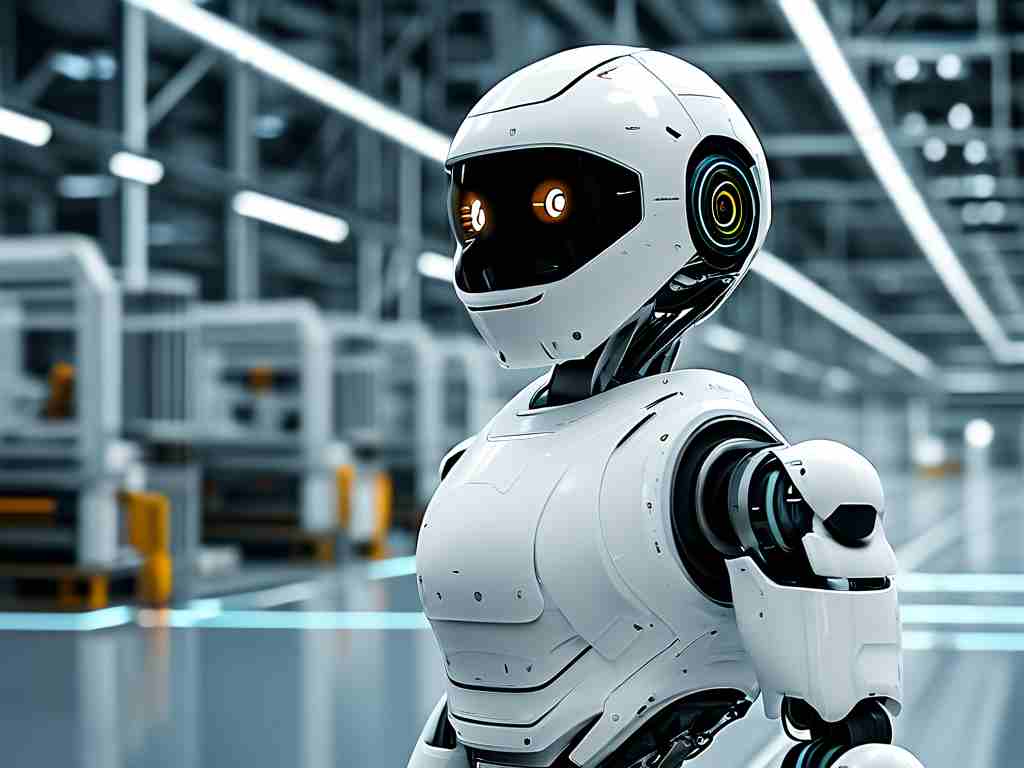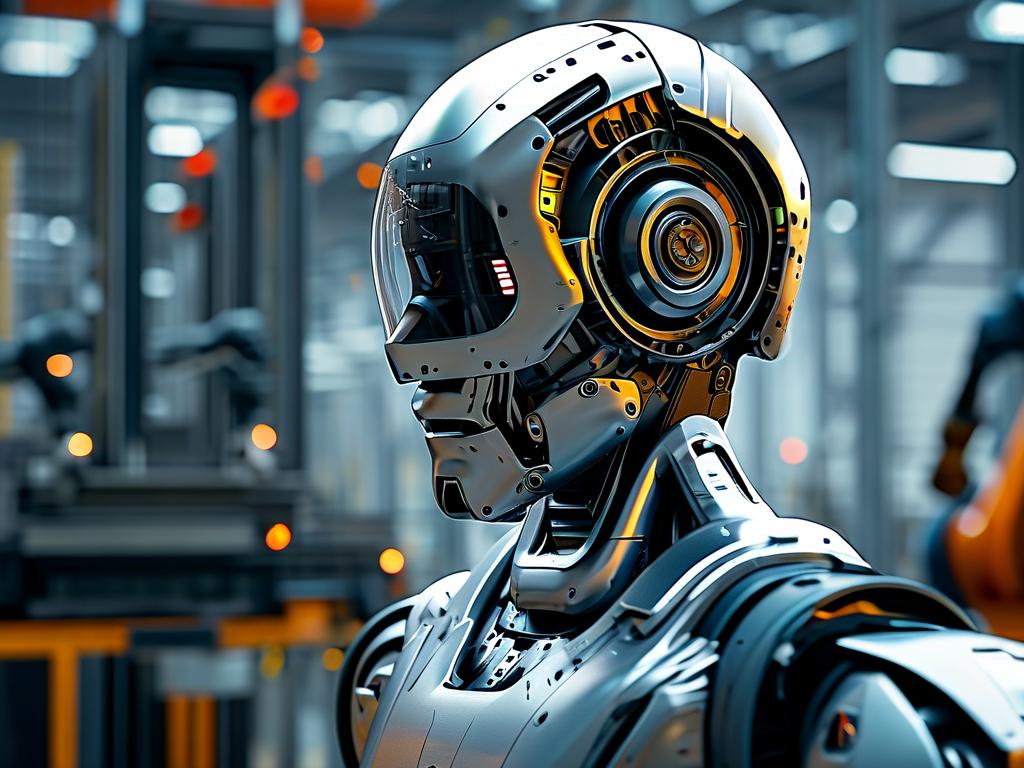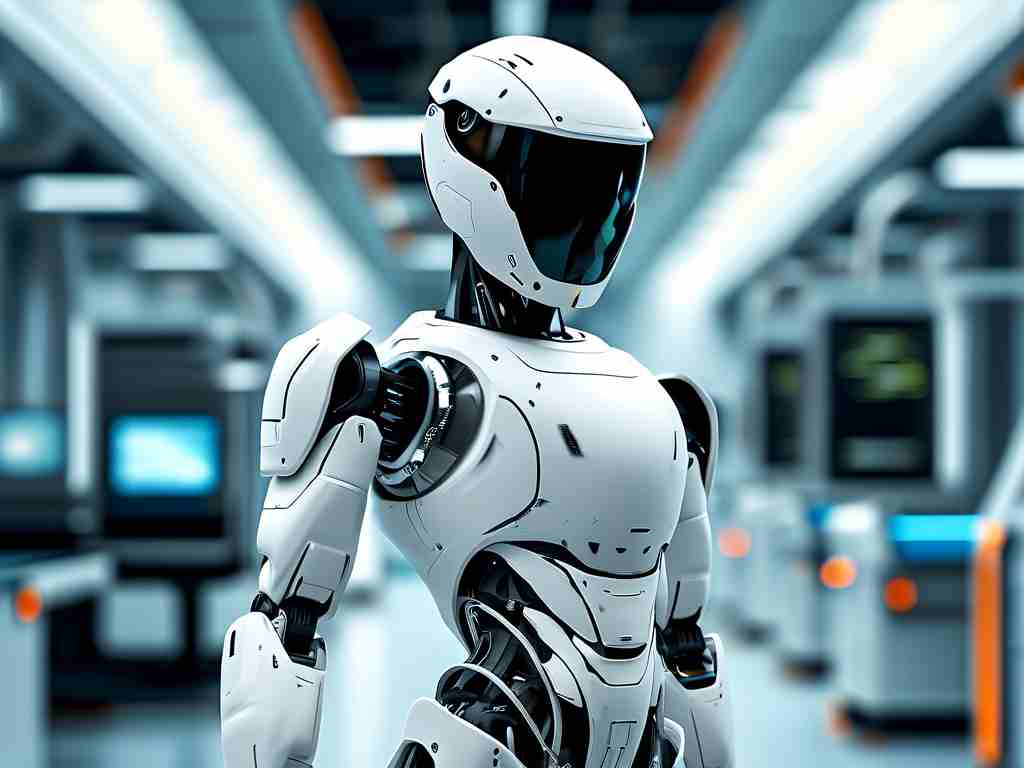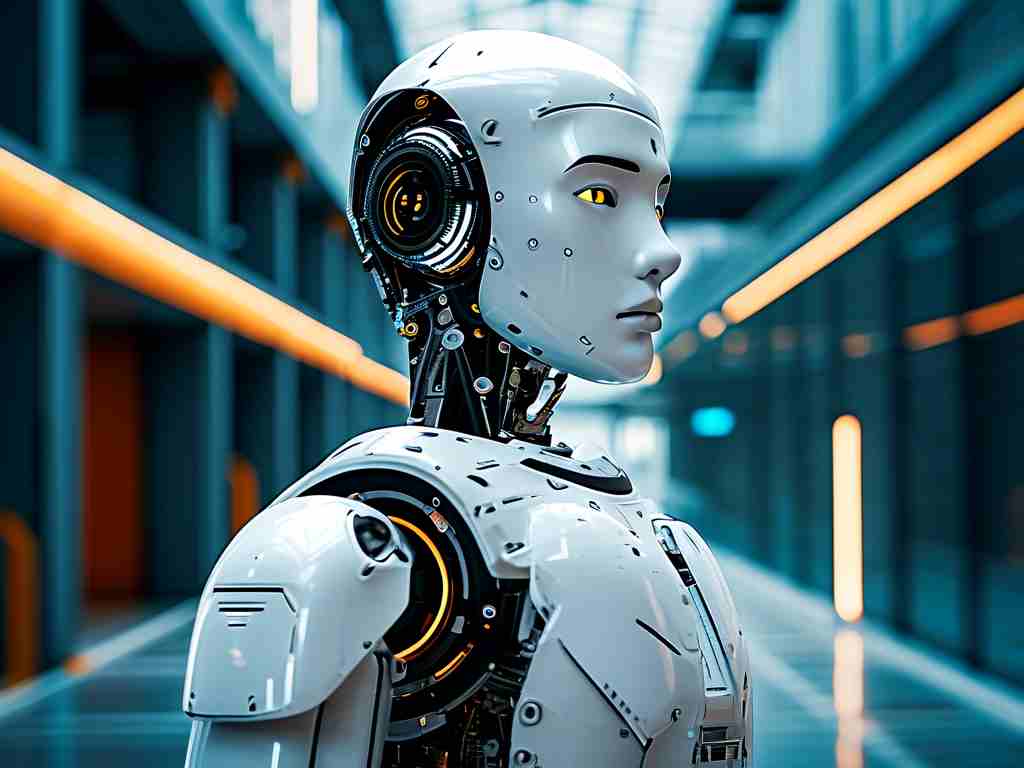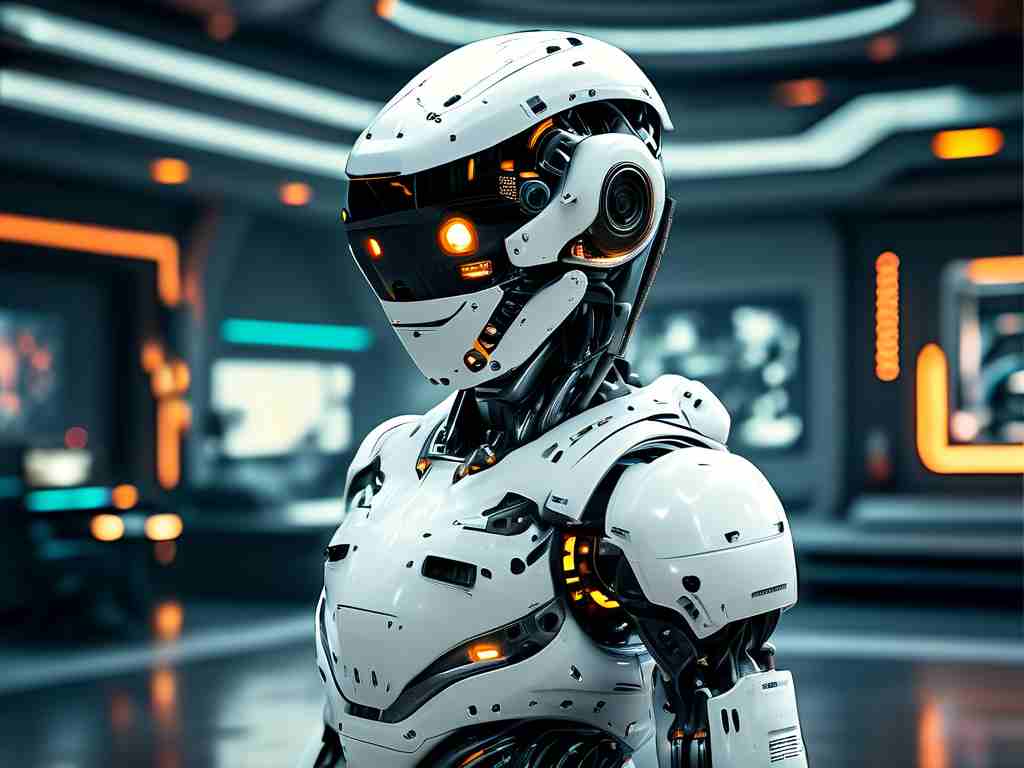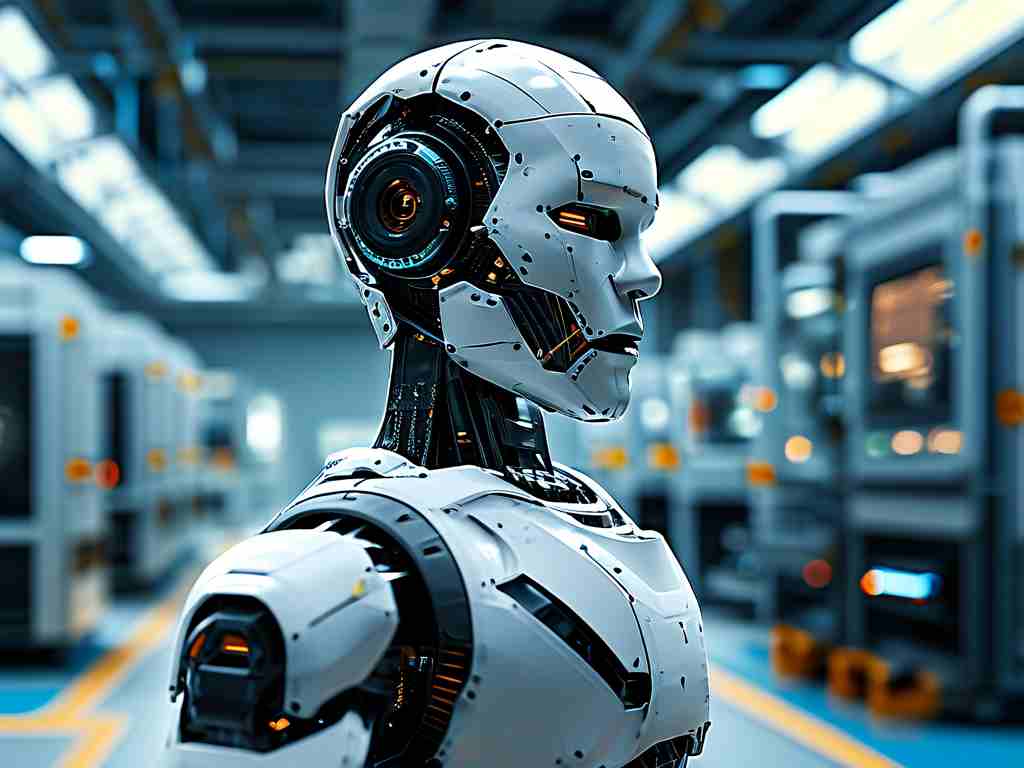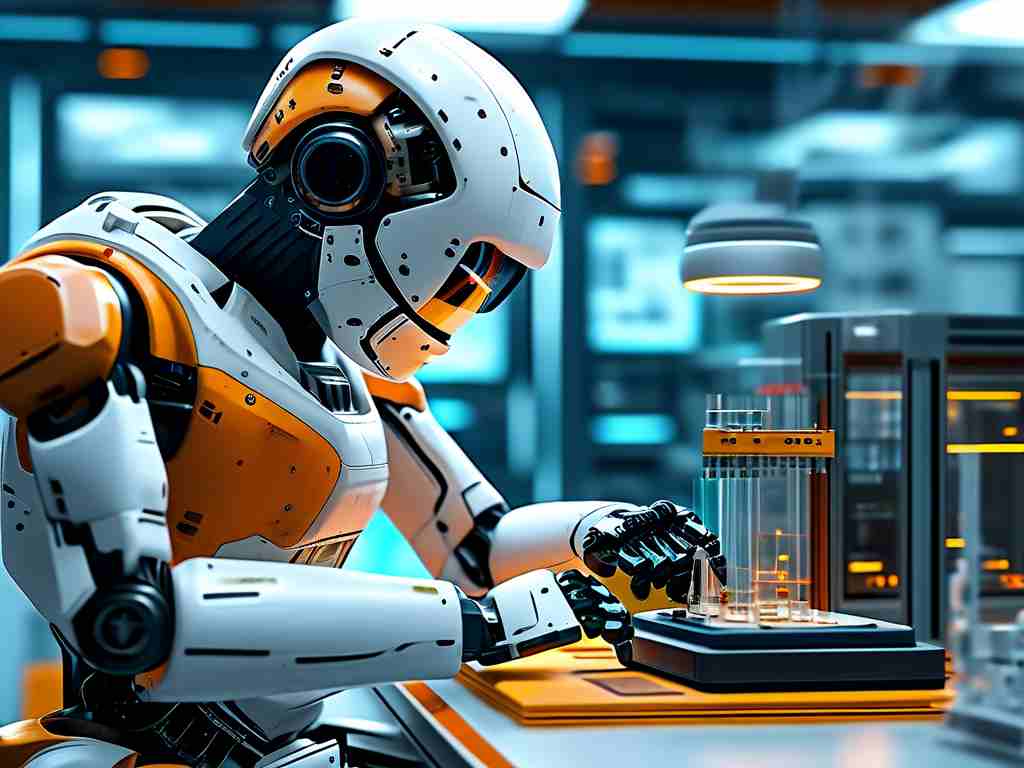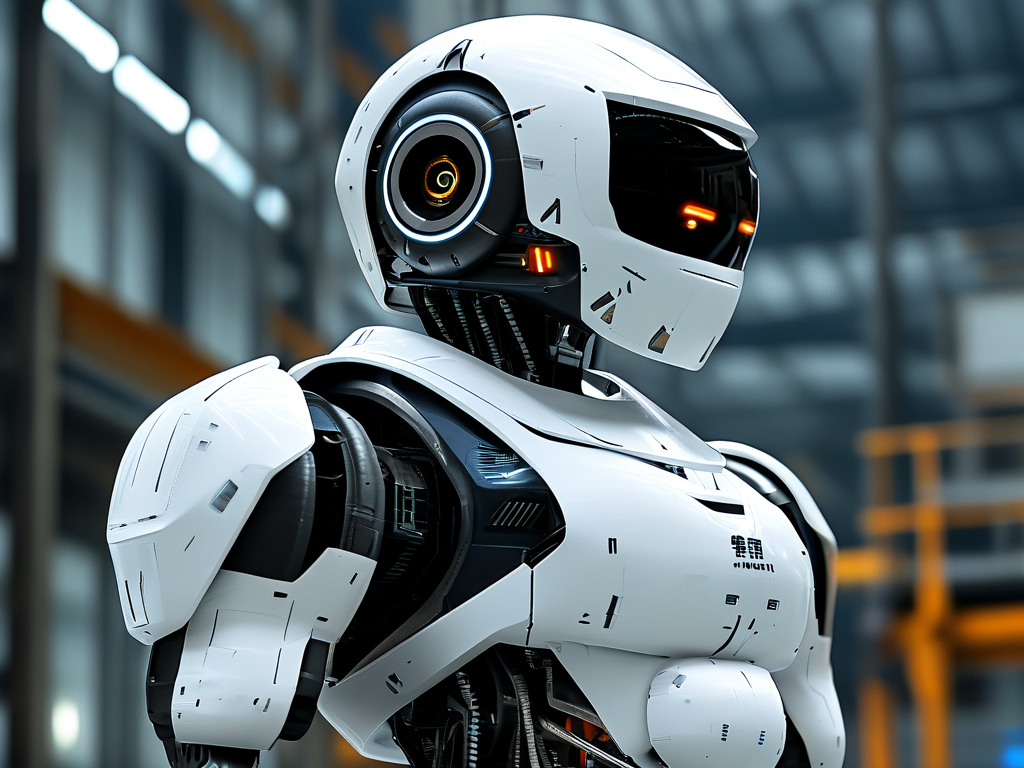Nestled along the eastern coast of Shandong Province, Rizhao City is quietly emerging as a hub for robotics technology, blending industrial pragmatism with cutting-edge innovation. Over the past decade, this coastal city has strategically positioned itself to capitalize on automation trends, fostering a unique ecosystem where manufacturing heritage meets next-gen technological aspirations.
At the heart of Rizhao's robotics surge lies its industrial transformation strategy. Local authorities have implemented targeted policies, including tax incentives for automation upgrades and grants for robotics startups. One standout initiative is the Rizhao Smart Manufacturing Park, operational since 2021, which hosts over 30 robotics enterprises specializing in collaborative robots (cobots), AI-driven quality inspection systems, and precision assembly arms. A recent case study from the park revealed that a mid-sized auto parts manufacturer reduced production errors by 42% after integrating adaptive gripper systems developed by local firm Haixi Robotics.
Education-industry collaboration forms another cornerstone of Rizhao's approach. Shandong University of Science and Technology's Rizhao campus now offers China's first interdisciplinary "Marine Robotics" program, combining marine engineering with autonomous systems design. This program has already yielded practical breakthroughs, including a submersible inspection robot prototype tested at the city's bustling Port of Lanshan.
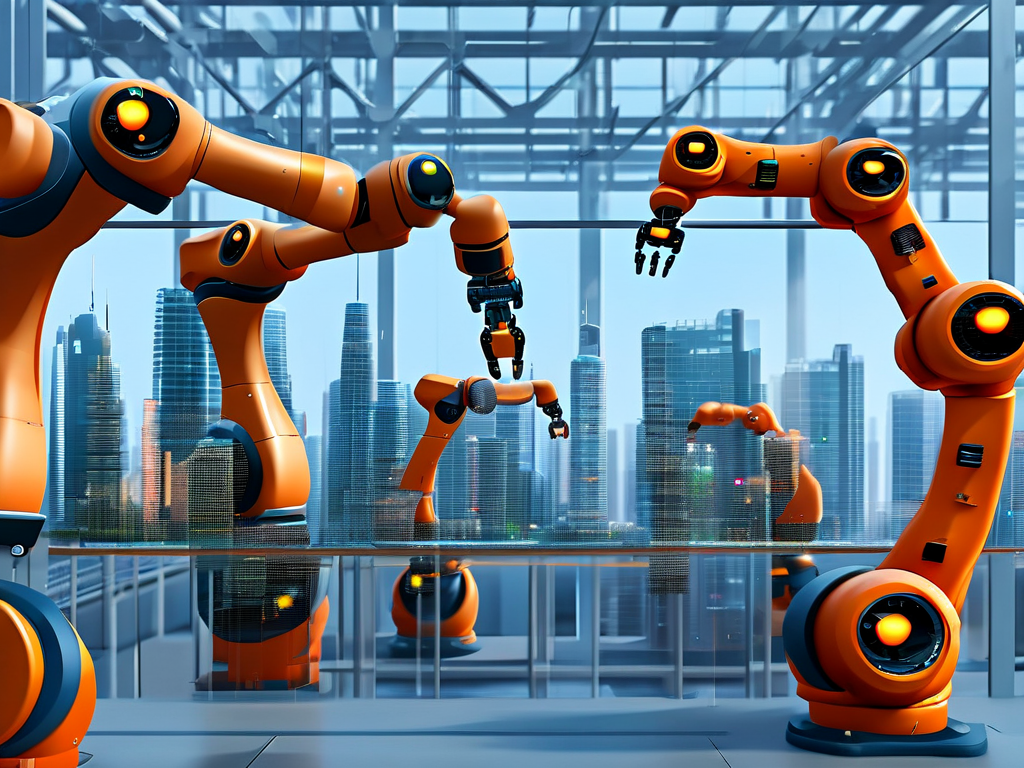
The city's agricultural sector provides unexpected applications for robotic solutions. In the hilly tea-growing regions surrounding Rizhao, startups like AgroBotics Tech have deployed autonomous drones for terrain-mapping and AI-assisted harvesters capable of identifying premium tea leaves. These innovations align with broader provincial goals to modernize Shandong's agricultural output while addressing labor shortages in rural areas.

Service robotics also flourishes in urban Rizhao. The municipal government recently partnered with Shenzhen-based Unity Robotics to deploy 50 sanitation robots across tourist hotspots like Wanpingkou Beach. These solar-powered units not only collect waste but analyze litter patterns to optimize cleanup schedules. Early data suggests a 28% reduction in marine debris since their deployment in Q3 2023.
Technical challenges persist, particularly in component miniaturization and energy efficiency. During winter 2022, Rizhao's robotics consortium initiated a joint R&D project focusing on low-temperature battery performance – a critical requirement for maritime and outdoor applications. Preliminary results from these trials are expected to influence national standards for cold-climate robotics.
Looking ahead, Rizhao's 2025 Robotics Blueprint outlines ambitious targets: establishing three provincial-level research labs, training 2,000 robotics technicians, and achieving 70% automation penetration in key industries. While skeptics question the timeline, the city's track record of incremental, application-driven progress suggests these goals may be within reach.
As other Chinese cities chase flashy humanoid robot projects, Rizhao's focus on practical, industry-specific automation offers a compelling alternative model. By anchoring technological advancement in real-world needs – from port logistics to tea cultivation – this coastal city is scripting a playbook for sustainable robotics development that balances economic growth with ecological responsibility.


